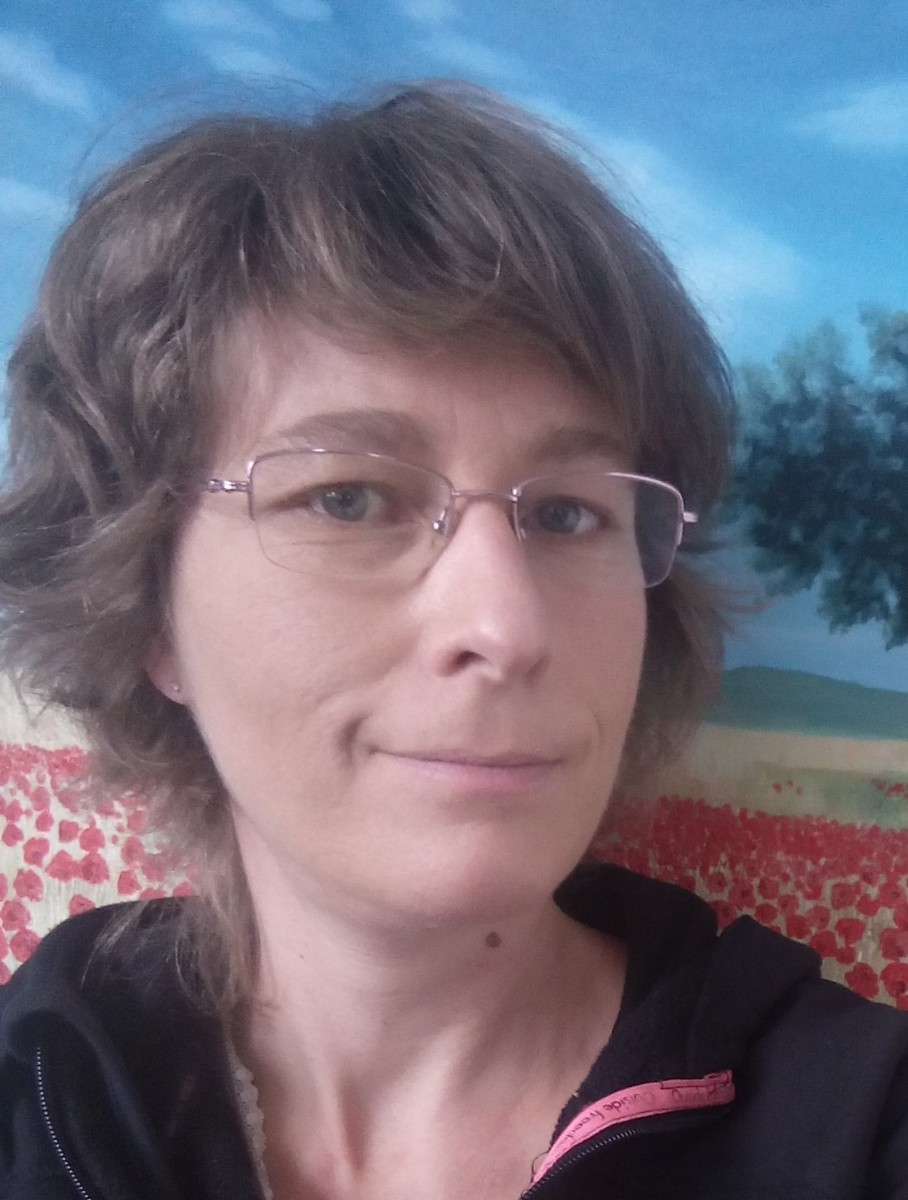Summary :
The theory of Sensory Integration (SI), developed by Jean Ayres in the 60s, has known its supporters and opponents, as any new approach. Today, it is practiced in many countries. Since its conception, this approach has evolved and the terminology differs from author to author. It must be distinguished from other interventions involving sensory stimulation in different contexts (Schaaf and Davies, 2010). Certain structures or associations make the choice to use it in an institutional way, so that the child is in a material and human environment adapted to its sensory peculiarities. The practice of SI may seem obvious for children with Autism Spectrum Disorder (ASD) revealing a massive clinic of sensory disturbances. This is not so simple with children with brain damage, either for assesment or rehabilitation, because of motor sequelae and associated disorders. Sensory disorders are thus masked by an imposing clinical picture. The parallel between the occupational therapy follow-up of children with ASD and chil-dren with brain injuries makes it possible to redefine the indications of this theory, its advantages, its limits, and to put it back into a global practice.
Cet article est payant !
Je suis abonné, je m’identifie ci-dessous.
Je ne suis pas abonné, j’achète ici
Article rédigé par :
-

Muriel Lehérissier
Ergothérapeute DE
IEM La Marrière
94 rue de La Marrière
44300 Nantesm.leherissier@apf-nantes-marriere.com

